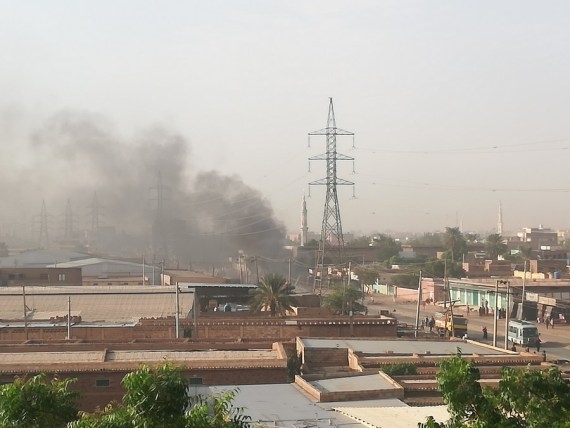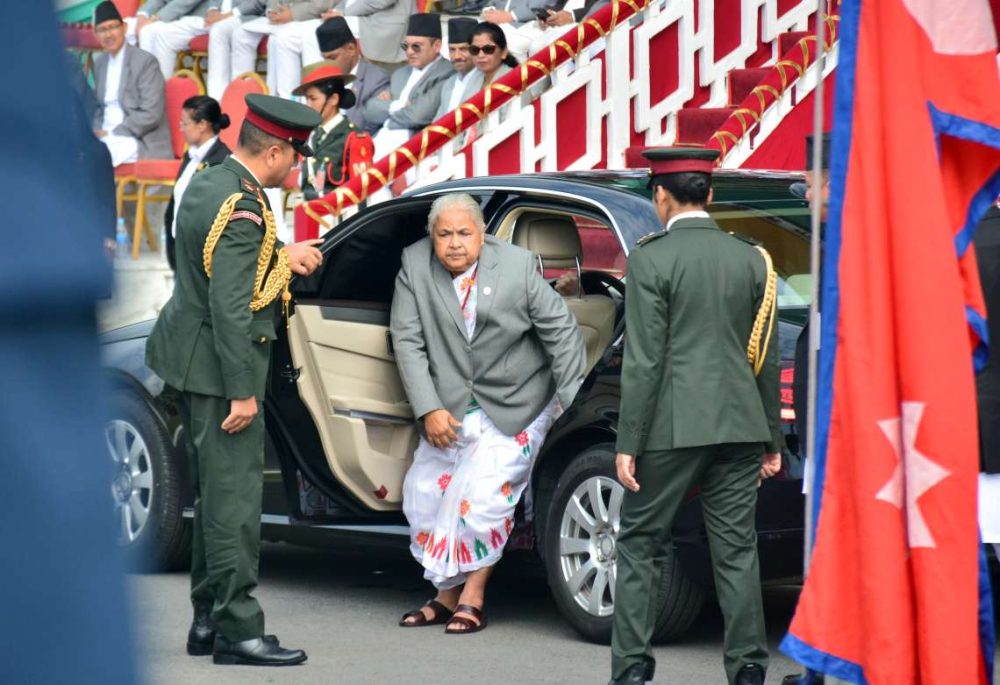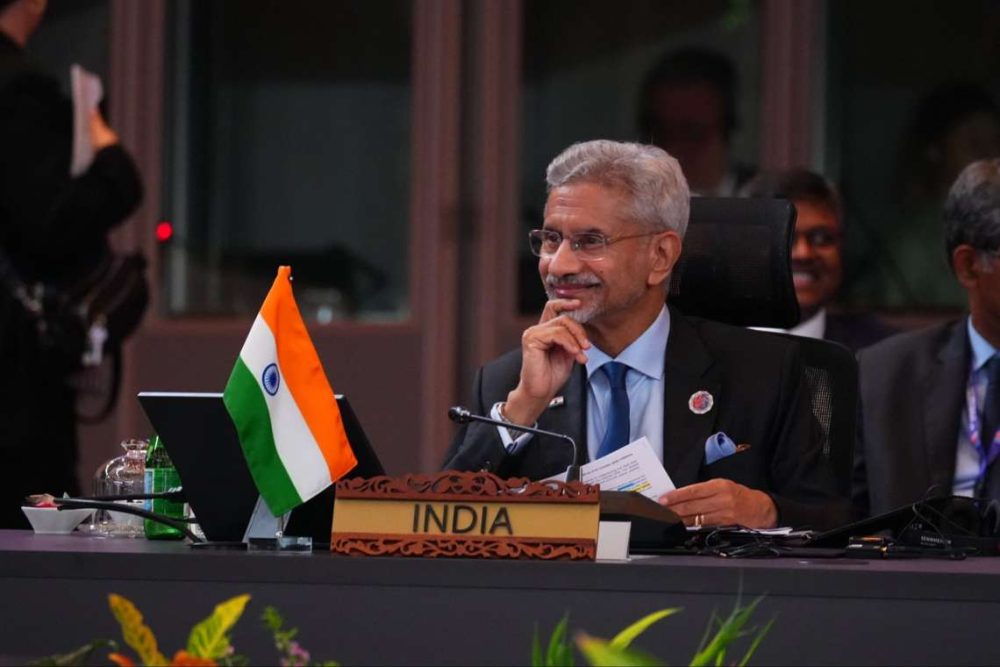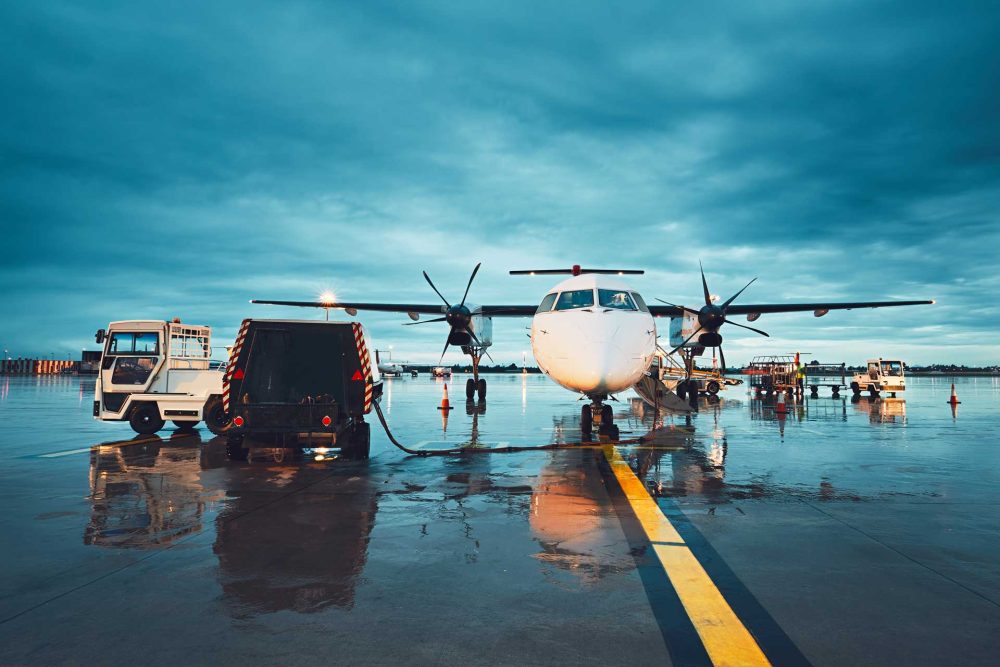The passenger flow will peak during the festive season with about 16 million railway trips expected to be made….reports Asian Lite News
The China State Railway Group Co., Ltd. on Wednesday announced that around 71 million trips will be made until Sunday during the Dragon Boat Festival holiday,
In a statement, the Group said that on an average, the daily railway trips will reach 14.2 million, reports Xinhua news agency.
The passenger flow will peak on Thursday, with about 16 million railway trips expected to be made.
China’s railways are maximising their transportation potential and increasing capacity to satisfy people’s travel needs, while improving service quality to ensure that passengers have better experiences, the Group said.
The Dragon Boat Festival, also called Duanwu Festival, is celebrated on the fifth day of the fifth month of the Chinese lunar calendar.
The holiday is celebrated by holding dragon boat races and eating sticky rice dumplings called zongzi.
China’s infra tool
Beijing is using infrastructure and connectivity as its tools to somehow enmesh Tibet and Xinjiang – the two autonomous regions — into its fabric and link them with the rest of China.
One of the most visible elements of China’s infrastructure investments in Tibet and Xinjiang has been the construction and upgradation of airports and heliports. It offers PLA additional platforms to launch airborne surveillance and reconnaissance missions, as well as strikes and counterstrikes in case of conflicts, a platform named China Power reported. Citing satellite imagery and other open-source material, China Power has identified 37 airports and heliports within Tibet and Xinjiang that have been newly constructed or upgraded since 2017. At least 22 of these are identifiable as military or dual-use facilities or are expected to be once they are completed.
Since 2017, China has initiated upgrades (such as new terminals, hangars, aprons, and runways) at all five of Tibet’s existing airports. All five of these airports are military and civilian dual-use facilities.
Similar developments are taking place in Xinjiang as well. At least 15 airports have been upgraded in Xinjiang since 2017, with seven of these being military or dual-use facilities.
However, China still faces certain difficulties owing to the fact that much of China’s side of the border is situated on the highest portions of the Tibetan Plateau
According to China Power, the PLA faces major operational challenges associated with operating at such high altitudes. The thinner atmosphere makes it more difficult for aircraft to take off.














